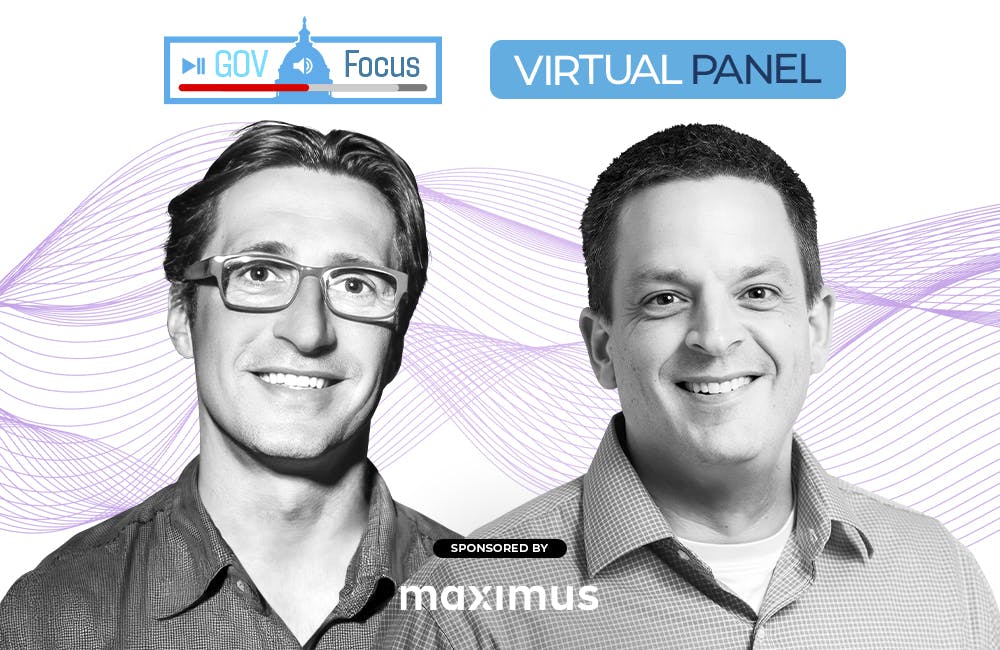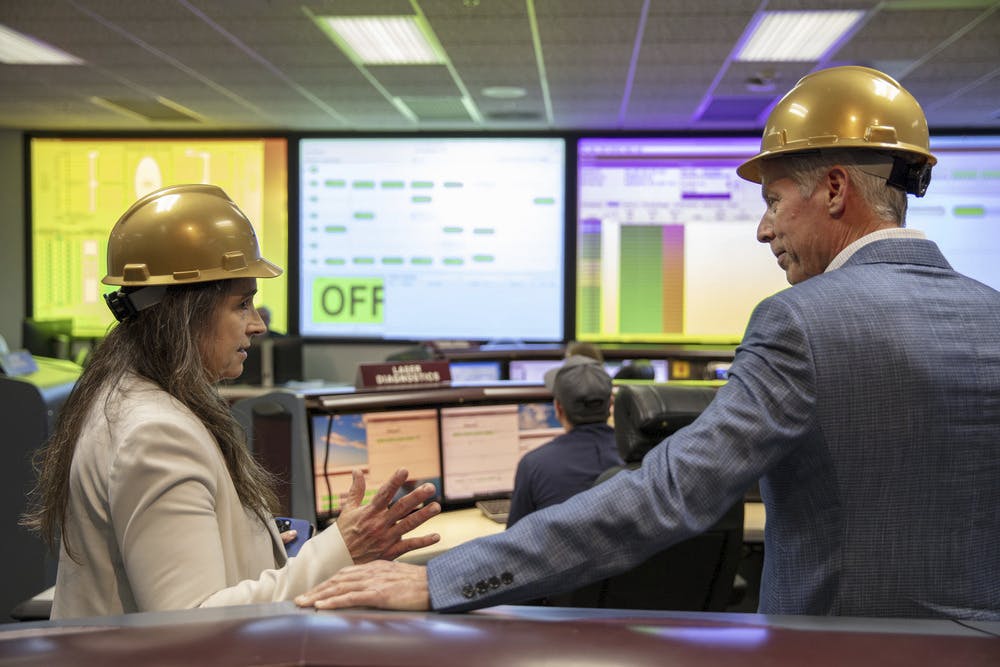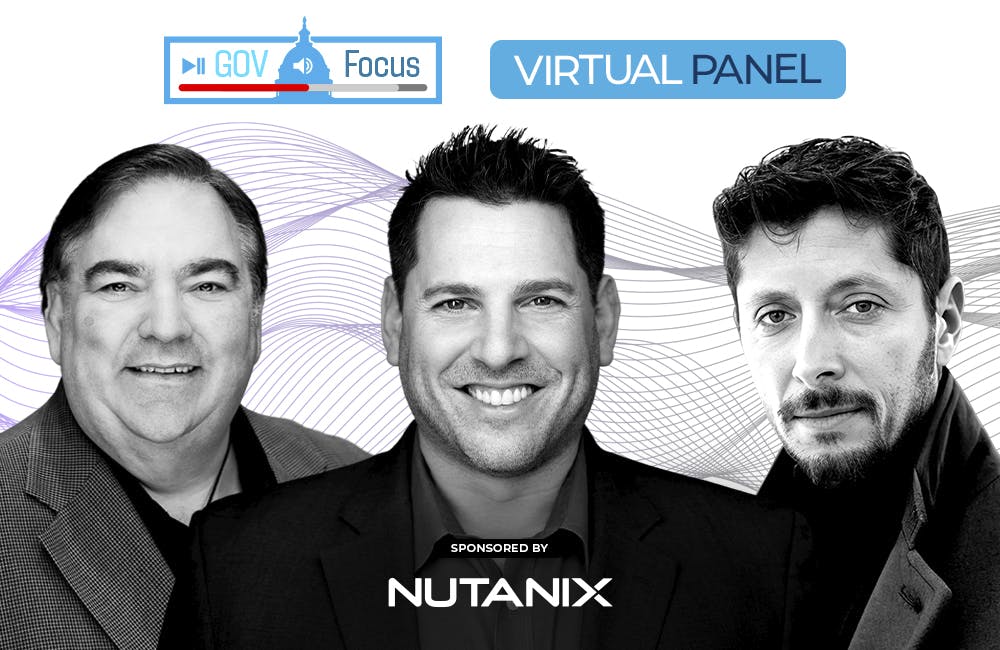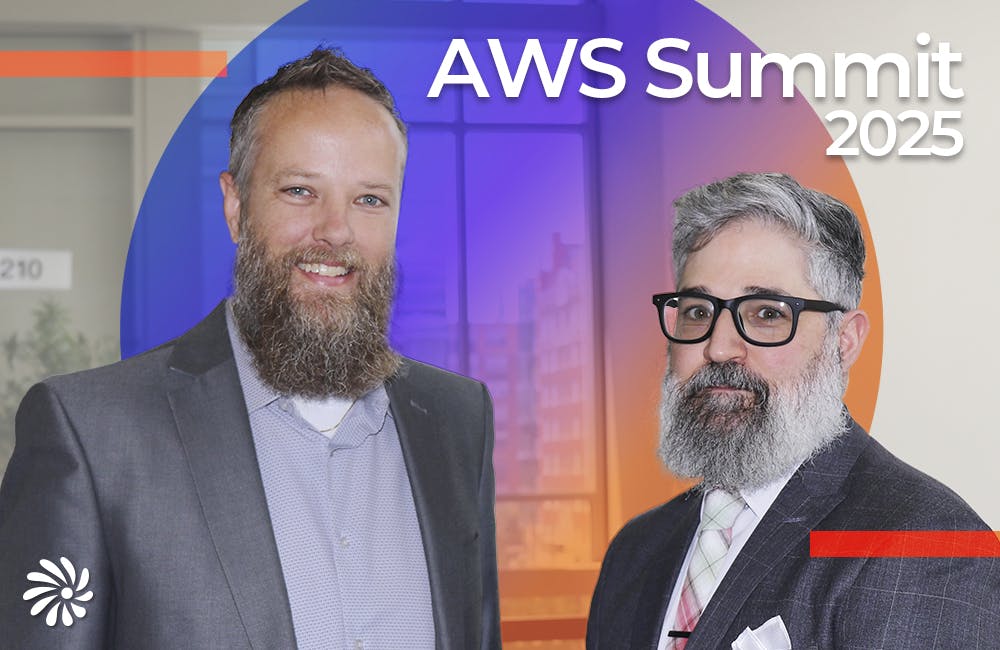How to Boost Cybersecurity Without Losing Hybrid Cloud Benefits
The Defense Department’s CMMC program and NIST guidance are helping agencies reap the benefits of hybrid cloud without sacrificing security.

Hybrid cloud adoption is forcing many agencies to take steps to enhance their cybersecurity posture. While hybrid cloud can reduce costs and improve scalability it can also put agency infrastructures at greater risk for malicious cyberattacks.
A hot topic right now surrounding hybrid cloud is the Defense Department’s Cybersecurity Maturity Model Certification (CMMC), which evaluates Defense Industrial Base (DIB) companies’ cybersecurity practices to ensure compliance with DOD requirements.
“We need to try to help our industrial base get to good with cybersecurity because we want to make sure the warfighter has the best capabilities on the ground and that they’re protected,” said DOD DIB Cyber Chief Stacy Bostjanick during GovCIO Media & Research”s CyberScape: Insider Threats event Thursday in Tyson’s Corner, Virginia.
DOD is working with cloud service providers to develop an inexpensive way for companies to guard their data and their environment while complying with CMMC.
“From the cloud perspective, we’re hoping to be able to leverage it, but it can provide the core so that you don’t have to buy the gates, guns and guards to make sure your system is good,” Bostjanick said. “But you also have to have the controls to protect that data now. Do you put that in the hands of the cloud services provider to protect for you, or do you do that on your own? That’s something we’ve got to look into.”
The National Aeronautics and Space Administration (NASA) quickly adopted the National Institute of Standards and Technology (NIST) Risk Management Framework 853 Revision 5 to better secure legacy IT architectures while shifting some systems to the cloud. According to Joe Foster, cloud computing program manager at NASA, the agency is now moving to another NIST security platform called Open-Source Control Assessment Language (OSCAL) to meet cybersecurity compliance requirements.
“It’s basically compliance-as-code, we’re going to bake in all the compliance checks as part of the Rev 5 transition by using OSCAL so … we will give people a GitLab area and go write your controls in this OSCAL markup language,” Foster said during the event. “It will be interesting times going forward and we think automating will ultimately lead to the best results for us.”
Michael Epley, chief architect and security strategist at Red Hat, believes organizations should focus on zero trust if they want to handle common security controls across different environments in a consistent and cohesive fashion.
“I always focus on zero trust — that’s a big passion of mine. Zero trust is as an architectural framework for managing across those different environments and through that management attracting more value from those different cloud postures you might be employing,” Epley said at the event.
Joseph Fourcade, lead cybersecurity analyst at the Department of Veterans Affairs’ Enterprise Cloud Service Office, said its vendor partnership has been key to keeping data secure.
“We do a project where we bring vendors in as a joint effort, they become a part of our team. We walk with them through the whole process and make sure they have everything in place to help get through compliancy,” Fourcade said during the event. “We then guide them in the right path for what’s going to be required to make sure we have the security vulnerability visibility into their projects.”
Bostjanick said everyone including industry should keep security top of mind because cybersecurity is a shared responsibility.
“My dream is for CMMC is not to be needed. What I want is our industry partners and our nation to all be thinking ahead and being out in front it and think about what’s the next possibility and fabric that I could be attacked upon and taking those steps to protect ourselves,” Bostjanick said. “We need to be a thinking nation and paying attention to what’s happening and working hard to get there.”
This is a carousel with manually rotating slides. Use Next and Previous buttons to navigate or jump to a slide with the slide dots
-

DOD Can No Longer Assume Superiority in Digital Warfare, Officials Warn
The DOD must make concerted efforts to address cyber vulnerabilities to maintain the tactical edge, military leaders said at HammerCon 2025.
4m read -

Marine Corps Operation StormBreaker Slashes Software Delivery Timelines by 17x
New program aims to deliver critical digital capabilities to warfighters at the "speed of relevance" by overhauling traditional processes.
4m read -

Tracking CIOs in Trump's Second Term
Stay informed on the latest shifts in federal technology leadership as new CIOs are appointed and President Trump's second term takes shape.
6m read -

Inside Oak Ridge National Lab’s Pioneer Approach to AI
Energy Department’s Oak Ridge National Lab transforms AI vulnerabilities into strategic opportunities for national defense.
22m listen -

Modernization Strategies to Enable Energy Innovation
Lawrence Berkeley National Lab and Maximus experts explore the modernization strategies driving digital transformation and operational resilience within the energy sector.
33m watch -

DOE National Labs Launch New AI Tools for Operational Efficiency
The Energy Department's National Laboratories are using AI to increase operational efficiency and drive research efforts forward.
3m read -

Software Factories Accelerate Federal Modernization Outcomes
IT leaders from Nutanix and SAIC explain how software factories streamline tech development, modernize legacy systems and accelerate adoption of emerging technologies like AI.
34m watch -

AI in Top-Secret Clouds Is a ‘Game Changer’ for IC, DNI Says
Tulsi Gabbard touts significant improvements in AI, data analysis, interoperability and operational intelligence at the AWS Summit 2025.
3m read -

AWS Summit: Innovation Accelerates IT Delivery at DOD
Marine Corps Community Services is tackling outdated IT processes with agile development and cutting-edge cloud security to deliver mission-critical capabilities faster.
12m watch -

AWS Summit: NIST Secures High-Performance Computing Against Evolving Threats
NIST’s Yang Guo reveals the broad attack surface of high-performance computing and explains developing guidance and future-proofing security strategies.
9m watch -

Trump Overhauls Federal Cybersecurity with New Executive Order
The new directive aims to strengthen digital defenses while rolling back "burdensome" software requirements and refocusing AI security.
3m read -

AWS Summit: Forging Successful Cloud Modernization Partnerships
Industry leaders share insights on the critical role industry partnerships have in enabling government agencies to navigate procurement challenges for cloud and zero trust solutions.
24m watch Partner Content
















